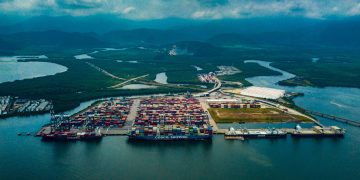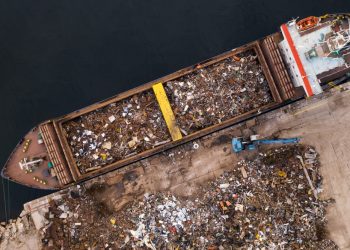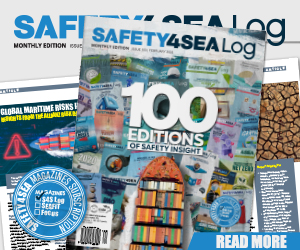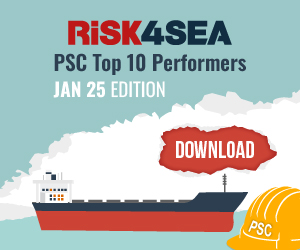In this week’s “Shipping Number of the Week” from BIMCO, Shipping Analysis Manager, Filipe Gouveia, examines the fall in global iron shipments which has contributed to a slump in freight rates.
Global iron ore shipments have fallen 7% y/y, during the first seven weeks of 2025, amid supply disruptions and weak Chinese import demand. According to Filipe Gouveia, australian cargoes have fared the worst, down 10% y/y while shipments from Brazil have weakened by 5% y/y. The comparatively stronger Brazilian shipments are boosting average sailing distances, but tonne mile demand is nonetheless estimated to have taken a 6% fall y/y.
Gouveia points out that the weakness of iron ore shipments this year has intensified this past week in particular. A cyclone forced Australia’s largest iron ore port to close for three days, causing Australian shipments to drop 55% y/y. Brazilian shipments have also slowed, partly due to a fire in Vale’s facilities in port Tubarão. During the previous weeks, global iron ore shipments fell 1% y/y.
The weakening in iron ore shipments has contributed to a slump in freight rates. So far this year, the Baltic Dry Index (BDI) has on average been down 44% y/y. Furthermore, the capesize segment has performed even worse, with rates taking a 55% y/y hit.
…said Gouveia.
Iron ore is the largest dry bulk commodity. It is primarily transported by the capesize segment, accounting for 75% of its volumes or 71% of its tonne mile demand. As such, any large fluctuation in volumes directly affects the segment’s freight rates. Besides iron ore, capesizes also transport coal and bauxite. Shipments of these commodities on capesize ships have been more stable.
In addition to the supply disruptions, demand is a concern Filipe Gouveia highlights. Domestic Chinese steel demand has been weak and steel production may have continued to fall. Although Chinese steel exports on dry bulk carriers have risen 44% y/y, this has likely not been enough to fully compensate the weaker domestic demand.
Lastly, iron ore inventories in Chinese ports have remained largely stable and at a high level since July 2024.
China is the destination of 74% of iron ore shipments, with an additional 10% going to Japan and Korea. So far in 2025, import demand from these two countries has also fallen 8% y/y. Both countries are steel exporters and have been negatively impacted by higher competition from China at home and abroad, leading to lower steel production.
According to Gouveia, it is expected that growing steel demand outside of China could keep iron ore shipments from falling compared to 2024 levels, but the outlook remains cloudy. Tariffs on steel products, particularly those from China, have increased.
This could cause steel export growth to slow and weaken production by key iron ore importers. Lastly, uncertainty remains regarding the strength of the Chinese economy which could greatly impact global iron ore import demand.
…concluded Filipe Gouveia .
































































